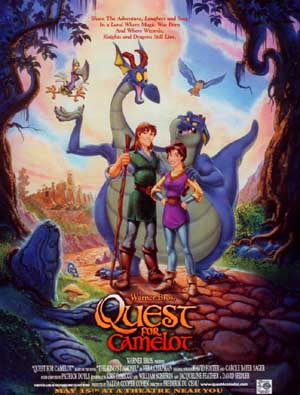Blue Streak
Posted on December 13, 2002 at 5:16 am
Martin Lawrence stars in a made-to-order story of a jewel thief who returns to the scene of the crime to retrieve his loot, only to find that the construction site where he stashed the stolen diamond is now a police station. When he is told that the only way to get inside is by being under arrest or by wearing a badge, he decides to impersonate a detective.
So, what we have here is a cross betweeen “Beverly Hills Cop” and “Sister Act,” your basic street-smart- guy-who-keeps-it-real-showing-the-desk- jockeys-a-thing or-two type plot. There are two version of this plot, with or without hugging. Anyone who expects that Lawrence’s character will come out of the experience a better person is more gullible than the cops who decide that he’s so good he must be from Internal Affairs or the FBI.
But believability is not the real point of this film. The real point of this film is watching Lawrence mug his way out of various situations, which he does very, very well. It is a pleasant diversion with a lot of silly fun.
Parents should know that there is some strong language and some raw humor. Furthermore, the movie departs from Hollywood tradition in leaving the hero unrepentant and in possession of the stolen jewel. Families will want to discuss the real consequences of such a robbery, and the situation Lawrence faces in working with at least one colleague who has no compunctions about betrayal and murder.

